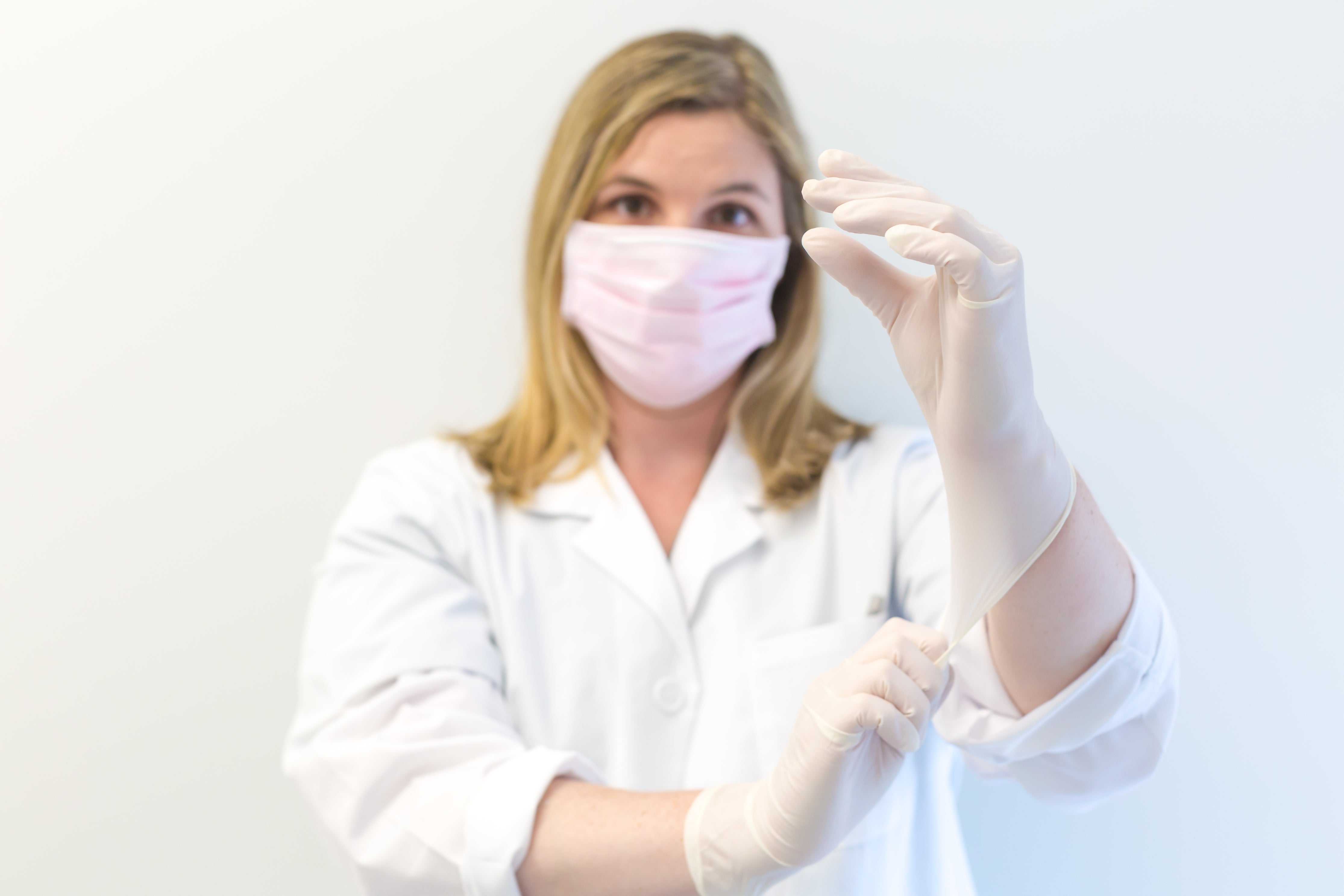Nitrile vs Latex vs Vinyl Gloves (2025)
23rd Oct 2025
The Practical Guide for Australian Clinics, Aged-Care & Allied Health
Choosing the right disposable gloves isn’t just about comfort, it affects staff safety, infection control, costs and even sustainability targets. This 2025 guide explains the differences between nitrile, latex and vinyl gloves, when to use each, how to size them correctly, and what to stock so you never run out during busy periods.
Quick take: which glove for which task?
If you only remember one rule, make it this: nitrile for most clinical work, latex for specialist tasks where feel is critical (if no latex allergy risk), and vinyl for short, low-risk, non-clinical tasks. That simple framework keeps your team protected without inflating the consumables bill.
What’s different about each material?
Nitrile (synthetic rubber)
Nitrile offers excellent puncture and chemical resistance, consistent barrier performance and is latex-free, which helps avoid allergy issues for staff and patients. Modern nitriles are soft and stretchy, with textured fingertips for grip. It’s the default choice for general practice, dental, pathology collection, wound care and age-care procedures.
Good for: Most clinical tasks, handling disinfectants, longer wear times.
Consider: Biodegradable nitrile options to reduce plastic waste while keeping medical-grade performance.
Latex (natural rubber)
Latex provides the best tactile sensitivity and a “second skin” feel, which some clinicians prefer for delicate tasks. The trade-off is latex allergy risk (staff or patient), so usage policies need to be clear and alternatives available.
Good for: High-precision work where feel really matters.
Caution: Avoid it if your facility has latex-sensitive staff or patients and keep alternatives on hand.
Vinyl (PVC)
Vinyl is budget-friendly and easy to don for short, low-risk tasks, but it has lower tear resistance and barrier integrity, especially under stress or with solvents. It’s not ideal for clinical procedures or prolonged wear.
Good for: Cleaning, food prep in non-clinical areas, simple customer-service tasks. Avoid for: Any task where fluid exposure or reliability of barrier protection matters.
Comparison at a glance
|
Feature |
Nitrile |
Latex |
Vinyl |
|
Allergy risk |
None (latex-free) |
Possible (latex proteins) |
None (PVC-based) |
|
Tactile feel |
Very good |
Excellent |
Fair |
|
Puncture/chemical resistance |
High |
Moderate |
Low |
|
Typical cost |
$$ |
$$ |
$ |
|
Best use |
Clinical, procedures, chemicals |
Precision clinical tasks |
Short, low-risk, non-clinical |
How to choose the right glove (and avoid waste)
Pick the right thickness and cuff length: Standard exam nitrile (e.g., 3–4 mil) covers most needs; thicker options suit cleaning chemicals and longer wear, and longer cuffs help when splash risk is higher.
Check the quality rating (AQL): For medical exam gloves, many buyers look for AQL ≤ 1.5 for pinhole defects. Consistent supply matters as much as the number - stick to reputable brands.
Size correctly: Poor fit increases hand fatigue and tearing. Stock XS–XL consistently. If staff sit between sizes, choose the smaller size for better tactile control (nitrile stretches).
Texture and colour: Textured fingertips improve grip with instruments and wipes. Dark colours (e.g., black or cobalt) hide stains in community/aged care; colour-coding by task reduces cross-contamination.
Go powder-free: Powdered gloves are largely legacy; powder-free is the norm for clinical environments.
Consider biodegradable nitrile: Modern biodegradable nitrile lines break down faster in landfill without sacrificing performance - an easy sustainability win.
Stocking plan that just works
Start with a two-week par for core sizes and tasks. Use your team’s average daily usage, multiply by 14, and reorder at half the par so you’re never caught short.
A typical five-room clinic might begin with nitrile (XS–XL) as most of the stock with at least two sizes per room, a limited quantity of latex for specific procedures if policy allows, and a small reserve of vinyl for reception/cleaning tasks.
Rotate stock FIFO, run a monthly expiry check, and keep a standby carton in each room so clinicians aren’t walking back to storerooms mid-session.
Hand health: keep hands happy during high use
Frequent glove changes plus hand rubs can irritate skin. Choose skin-friendly ABHR and post the five moments of hand hygiene at every sink. Provide a non-fragranced moisturiser for after-hours use and let staff switch between glove sizes if they experience pressure points.
Keep hands healthy: Hand Hygiene · Disinfectants & Wipes
Frequently asked questions
-
Are vinyl gloves medical grade?
Some vinyl gloves are sold as exam grade, but they’re generally less durable and less protective than nitrile or latex. For clinical tasks, nitrile (or latex where appropriate) is preferred. -
Do biodegradable nitrile gloves perform like regular nitrile?
Yes—quality biodegradable nitriles are designed to meet the same performance standards while breaking down faster in landfill conditions. -
How do I reduce glove costs without compromising safety?
Standardise brands and sizes, buy by the carton, set par levels, use vinyl only for truly low-risk tasks, and consider 200-pack boxes to reduce packaging and restocking time. -
What size should I order most?
Most clinics move the most S, M and L. Check your last 4–6 weeks of usage and weight your reorders accordingly.
Ready to restock?
Biofast supplies a wide range of nitrile, biodegradable nitrile, latex and vinyl gloves with fast delivery across Australia. Explore the collection or ask our team to tailor a size mix for your roster.
Shop now: Disposable Medical Gloves
Questions or bulk pricing? Call (03) 8905 4449 or email customerservice@biofast.com.au - our Melbourne team can quote the same day.

